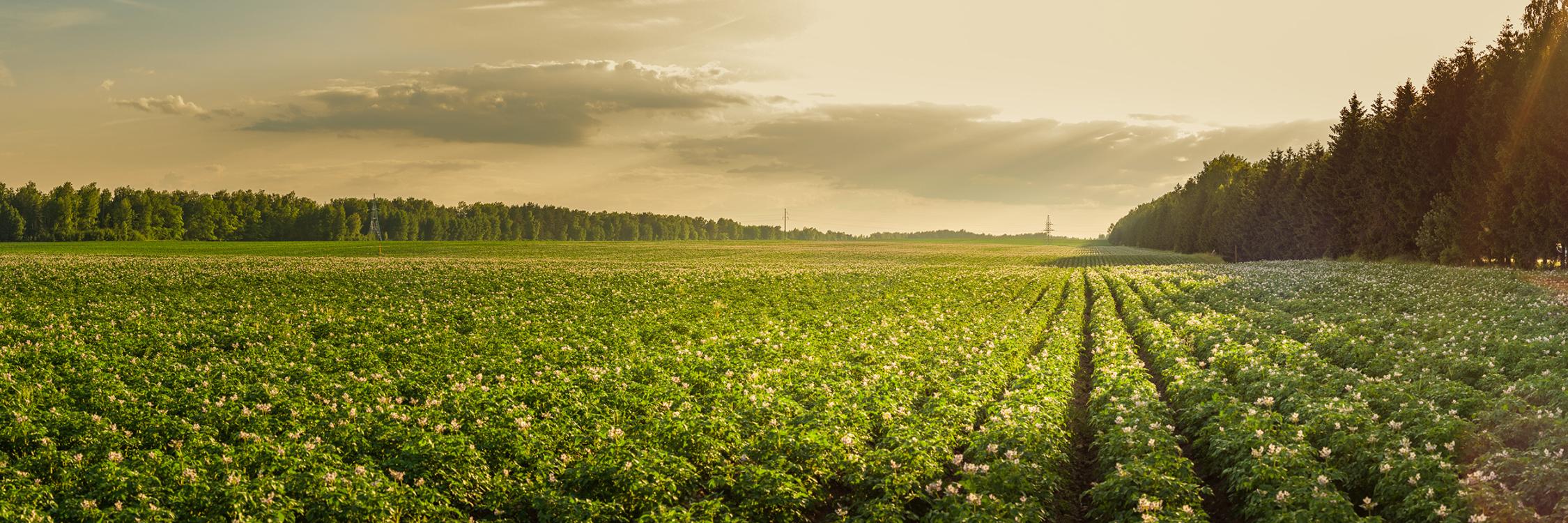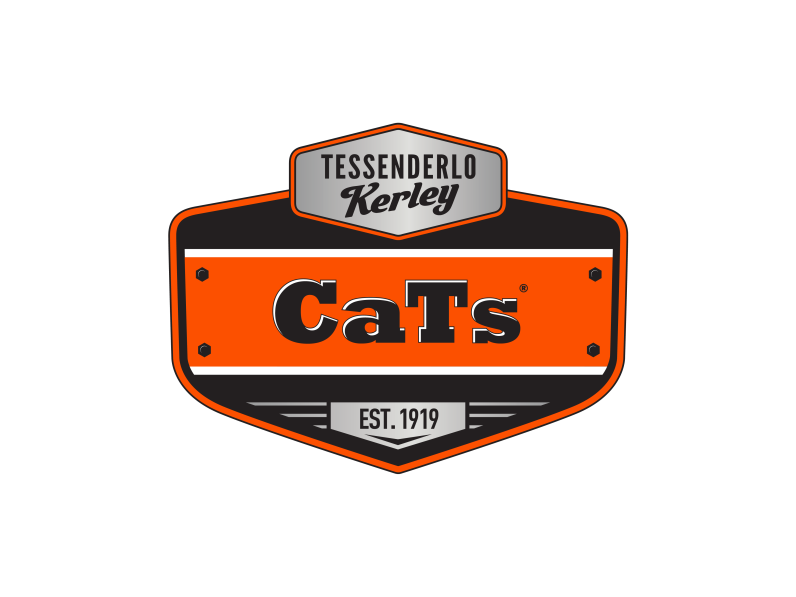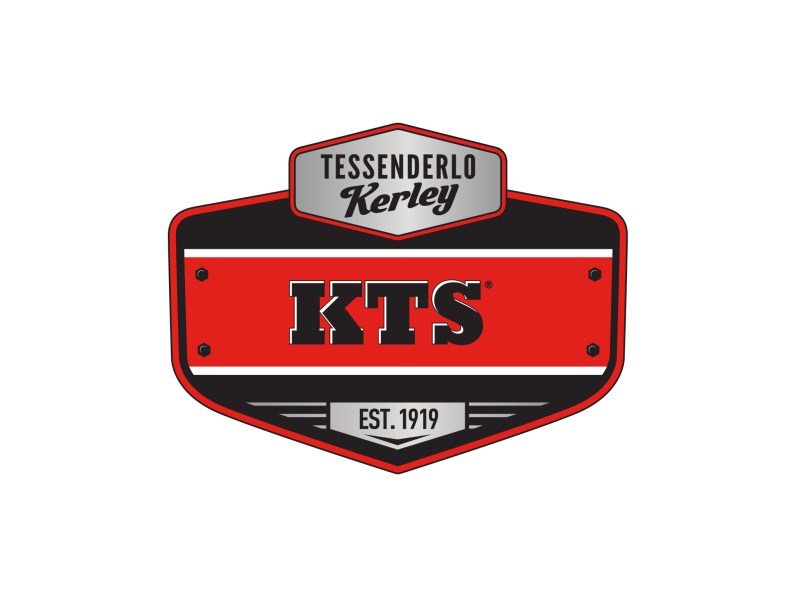
Necessary Nutrients for Potatoes
A healthy potato crop requires calcium and potassium. KTS and CaTs can supply them – and more
Potatoes need calcium and potassium. Without adequate supply of these nutrients, growers could experience shrink and physiological problems. To ensure good-sized, healthy potatoes from planting through storage, growers should consider two products: KTS® and CaTs® .
KTS, potassium thiosulfate, is the highest analysis liquid potassium and sulfur source on the market. CaTs, calcium thiosulfate, is a liquid soil amendment and fertilizer. Both products are highly soluble.
Danica Kluth, Crop Vitality’s Pacific Northwest Regional Agronomist, says potassium is vital for bulking and calcium is essential for reducing shrinking during storage.
The ‘Bulking Nutrient’
Potatoes use more potassium than any other vegetable and require more potassium than nitrogen. While potassium is important during all growth stages, it’s especially significant early and late in the season, Kluth says. Because chloride-free KTS is the highest available liquid potassium and sulfur fertilizer available, it’s a logical product to fulfill this role.
During the first few months of growth, potatoes require about 2 to 4 pounds of potassium per acre per day, but that amount can double or triple when potatoes begin to bulk, depending on the variety and yield potential, Kluth says.
Due to its solubility, KTS is there for the crop to access it immediately. “By putting it through your irrigation system, you can time it to be available when the crop really needs it, especially during bulking,” Dan Cook, Crop Vitality's Southwest Regional Agronomist, says.
As a foliar, KTS can be applied with a fungicide. In a trial in Alberta, Canada, 2 quarts of KTS were applied per acre with a fungicide, and a total of 3 gallons per acre were applied for the season. Compared to the check, yields increased by 6.4 tons an acre with KTS.
Potassium also helps transport nutrients and carbohydrates from leaves to tubers, Kluth says, noting that it creates important enzymes to form protein, ATP, and starch.
“Potassium is also important for the opening and closing of the stomata to help with water regulation,” she adds. “There are many benefits for supplying adequate potassium.”
Potatoes don’t require as much sulfur as they do potassium, but sulfur is an essential nutrient that potatoes need, Kluth and Cook agree. Sulfur, which is often called “the fourth major nutrient,” is readily available in CaTs and KTS.
The ‘Storage Nutrient’
Picture a massive mound of potatoes stacked high in a storage shed. Those potatoes could experience shrink and shed weight, resulting in yield loss, if they didn’t receive enough calcium when the plant is putting out stolon and tuber roots, Kluth stresses.
Calcium is often called the “storage nutrient” because it’s important in providing cell wall strength in potatoes, she adds. Strong cell walls protect potatoes from physiological conditions such as brown center, hollow heart, blackspot bruising, and buck skinning.
Growers may see slight yield increases when using CaTs, Kluth states. “But where CaTs shines is during storage to help protect the crop,” she adds.
Cook points out that growers get paid not for what goes into storage but what comes out of it. “Reducing the amount of loss from shrink means a better payback in the end for the grower,” he adds.
Application timing is critical to CaTs’ success. It should be applied when the tuber and stolon roots are small and developing and when the tuber is about egg size, Cook says, stressing that it is during that two- to three-week period when the crop needs the most calcium to build strong cell walls. It’s also vital to apply calcium that is 100% water soluble, which CaTs is. In fact, CaTs is 132 times more soluble than gypsum, which is 100 times more soluble than lime.
“Because of its solubility, you can make that application exactly when it’s needed and place it exactly where it needs to be” Cook says.
The three-week period to apply calcium differs for growers according to location. Kluth recommends growers check tubers to observe root growth before deciding on application timing.
Kluth also cautions against applying CaTs too late. The plant will direct calcium to its leaves rather than the tubers if CaTs is applied when the time window has closed, she adds.
Regarding how much calcium is needed during the period, Kluth and Cook advise 5 to 10 gallons of CaTs per acre, which provides about 3 to 6 pounds of calcium. “We usually recommend two or three applications of CaTs through sprinklers or the center pivot to get the calcium into the soil,” Cook adds.
Besides their individual benefits, CaTs and KTS also have nitrification inhibition properties that slow the conversion of ammonium to nitrate. Both products can improve soil structure in high pH soils, enhance water infiltration, assist in breaking down previous crop residues, and enhance nitrogen uptake for the crop.

Additional Benefits:
- It improves the density, firmness and appearance of the tree fruit.
- The fertilizer extends fruit storability and shelf life.
- It allows the tree to receive an added form of calcium and sulfur without adding excessive nitrogen.
- It conditions soils by leaching out harmful salts and increasing water infiltration around your fruit trees.

Additional Benefits
- A highly efficient chloride and nitrate-free liquid source of potassium and sulfur
- Provides a unique form of sulfur that can improve nitrogen use efficiency
- Blends well with many common liquid fertilizers
- Improves phosphorus and micronutrient availability and uptake by the crop
- Enhances crop resistance to environmental stress